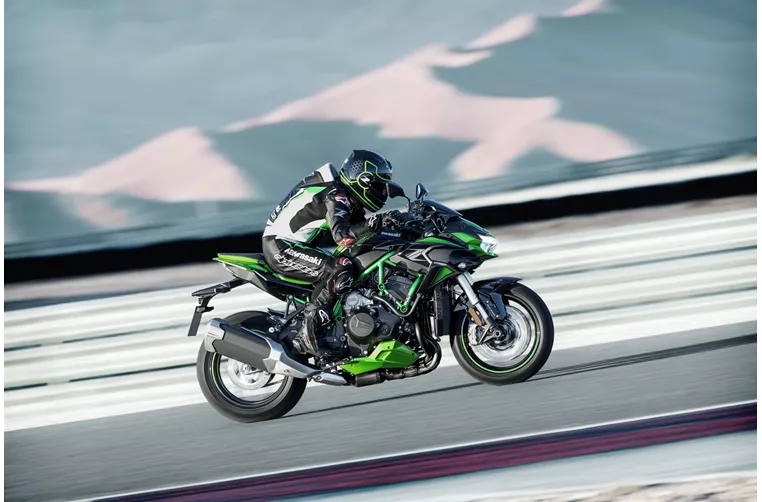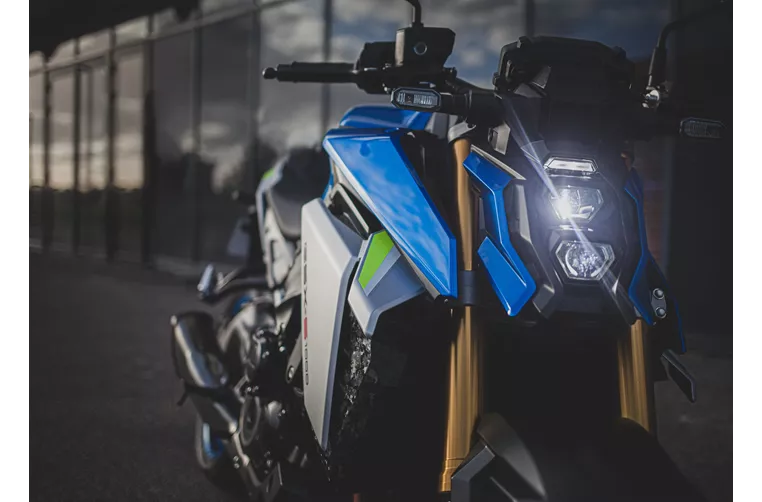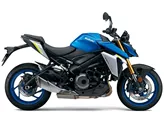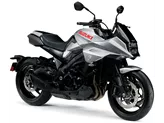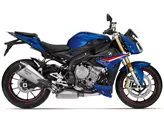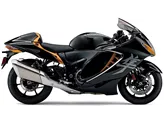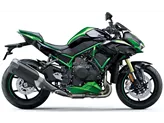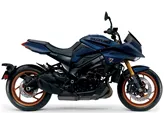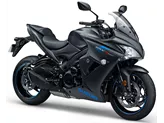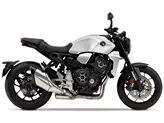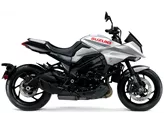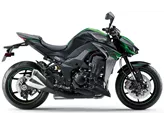Kawasaki Z H2 SE 2021 vs. Suzuki GSX-S1000 2023
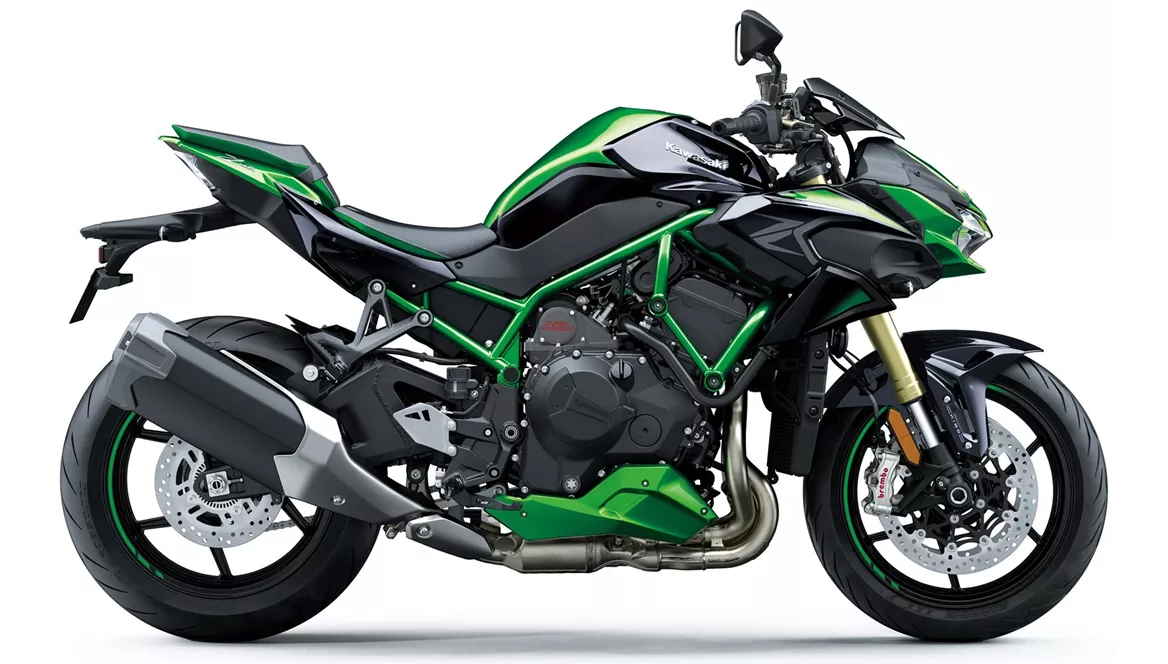
Kawasaki Z H2 SE 2021
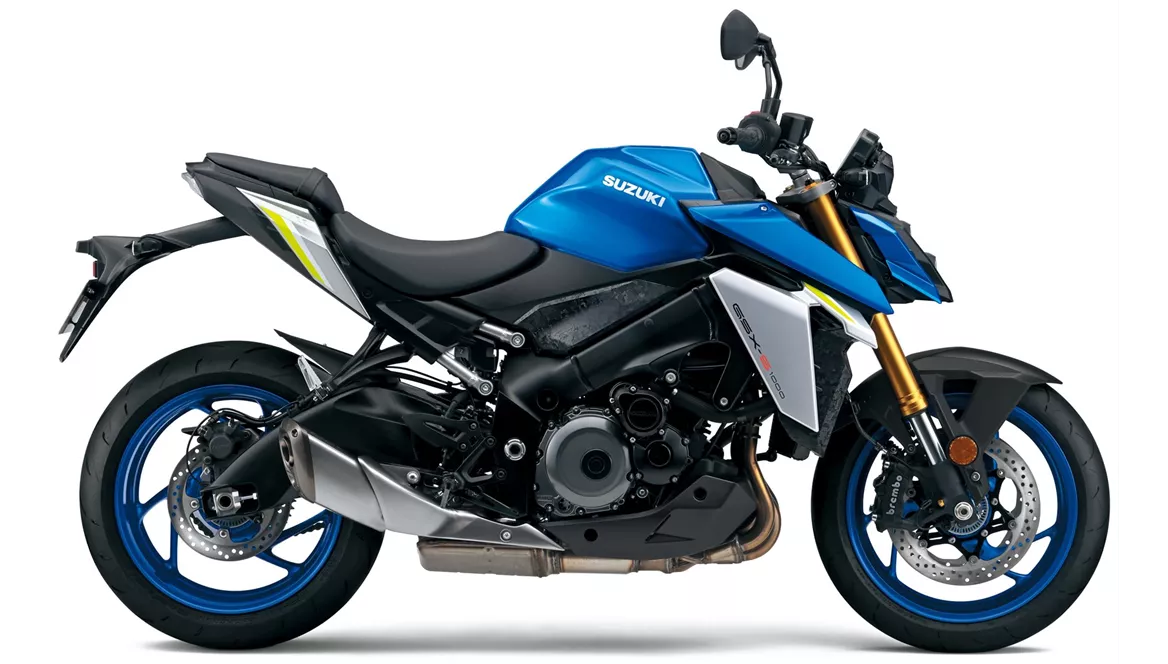
Suzuki GSX-S1000 2023
Overview - Kawasaki Z H2 SE 2021 vs Suzuki GSX-S1000 2023
The Kawasaki Z H2 SE 2021 and the Suzuki GSX-S1000 2023 are both powerful naked bikes with similar engine types, fuel systems, and cooling systems. However, there are several key differences between the two models.
In terms of engine power, the Kawasaki Z H2 SE 2021 boasts an impressive 200 HP, while the Suzuki GSX-S1000 2023 falls slightly behind with 152 HP. This gives the Kawasaki an advantage in terms of sheer power and acceleration.
Similarly, the Kawasaki Z H2 SE 2021 also has a higher torque rating of 137 Nm compared to the Suzuki GSX-S1000 2023's 106 Nm. This means that the Kawasaki will have better low-end and mid-range power, resulting in quicker acceleration and better overall performance.
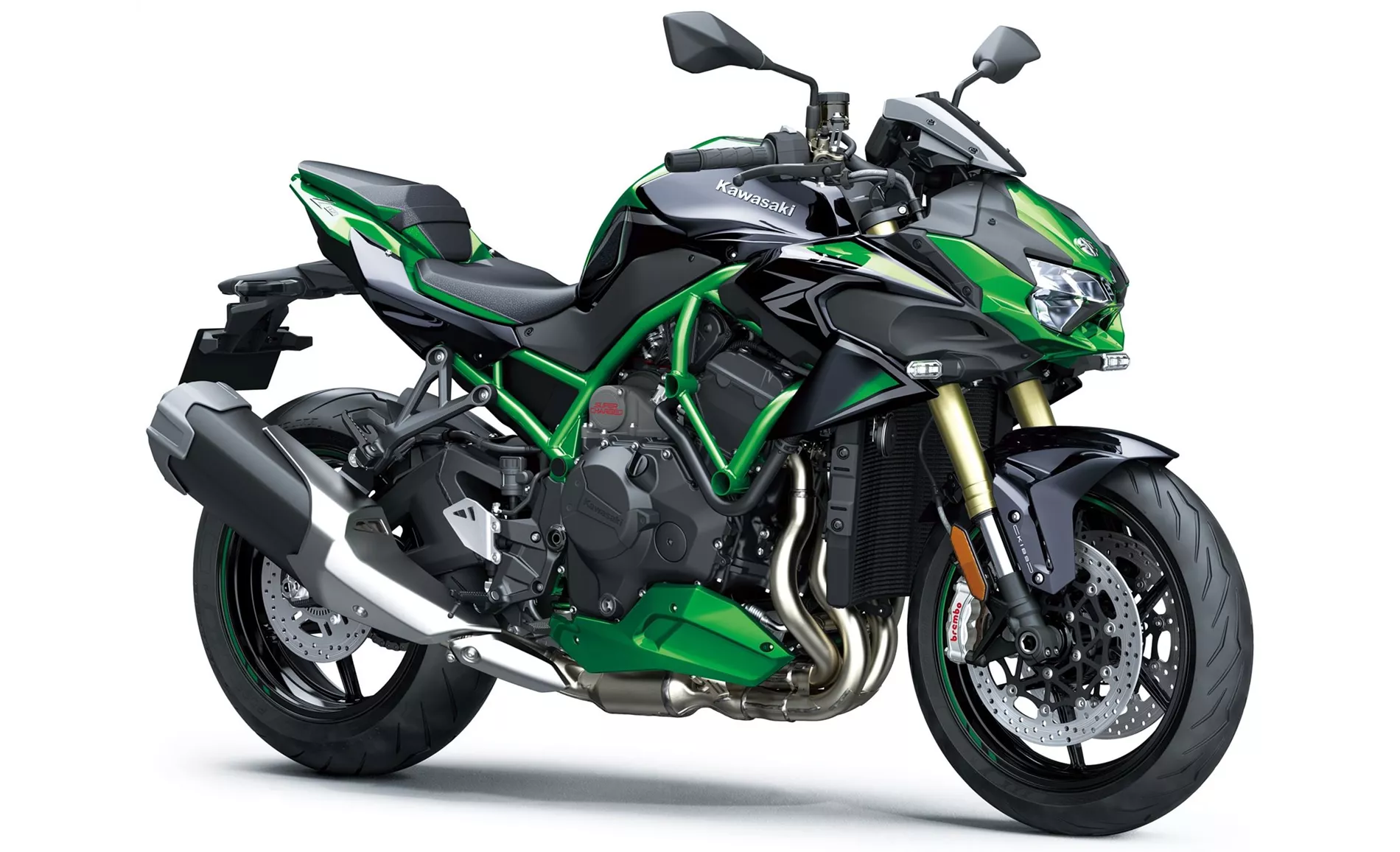
Kawasaki Z H2 SE 2021
When it comes to suspension, both bikes feature upside-down telescopic forks at the front and swing arm suspension at the rear. However, the Kawasaki Z H2 SE 2021 offers more adjustability with compression, preload, and rebound adjustments for both the front and rear suspension. The Suzuki GSX-S1000 2023, on the other hand, only offers preload and rebound adjustments for the rear suspension. This means that the Kawasaki can be fine-tuned to suit individual riding preferences and road conditions more effectively.
In terms of chassis, the Kawasaki Z H2 SE 2021 features a steel frame, while the Suzuki GSX-S1000 2023 utilizes an aluminum frame. Both frames are durable and provide good stability, but the choice between steel and aluminum ultimately comes down to personal preference.
When it comes to braking, both bikes feature double disc brakes at the front with four pistons and radial monoblock technology. However, the Kawasaki Z H2 SE 2021 has larger diameter discs at 320 mm compared to the Suzuki GSX-S1000 2023's 310 mm discs. This gives the Kawasaki better stopping power and improved braking performance.
In terms of advanced rider assistance systems, the Kawasaki Z H2 SE 2021 offers a more comprehensive package. It includes ABS, electronically adjustable suspension, riding modes, cornering ABS, launch control, ride by wire, quickshifter, traction control, and anti-wheelie. The Suzuki GSX-S1000 2023, on the other hand, only offers ABS, riding modes, ride by wire, shift assistant with blipper, and traction control. This gives the Kawasaki an advantage in terms of safety and technology.
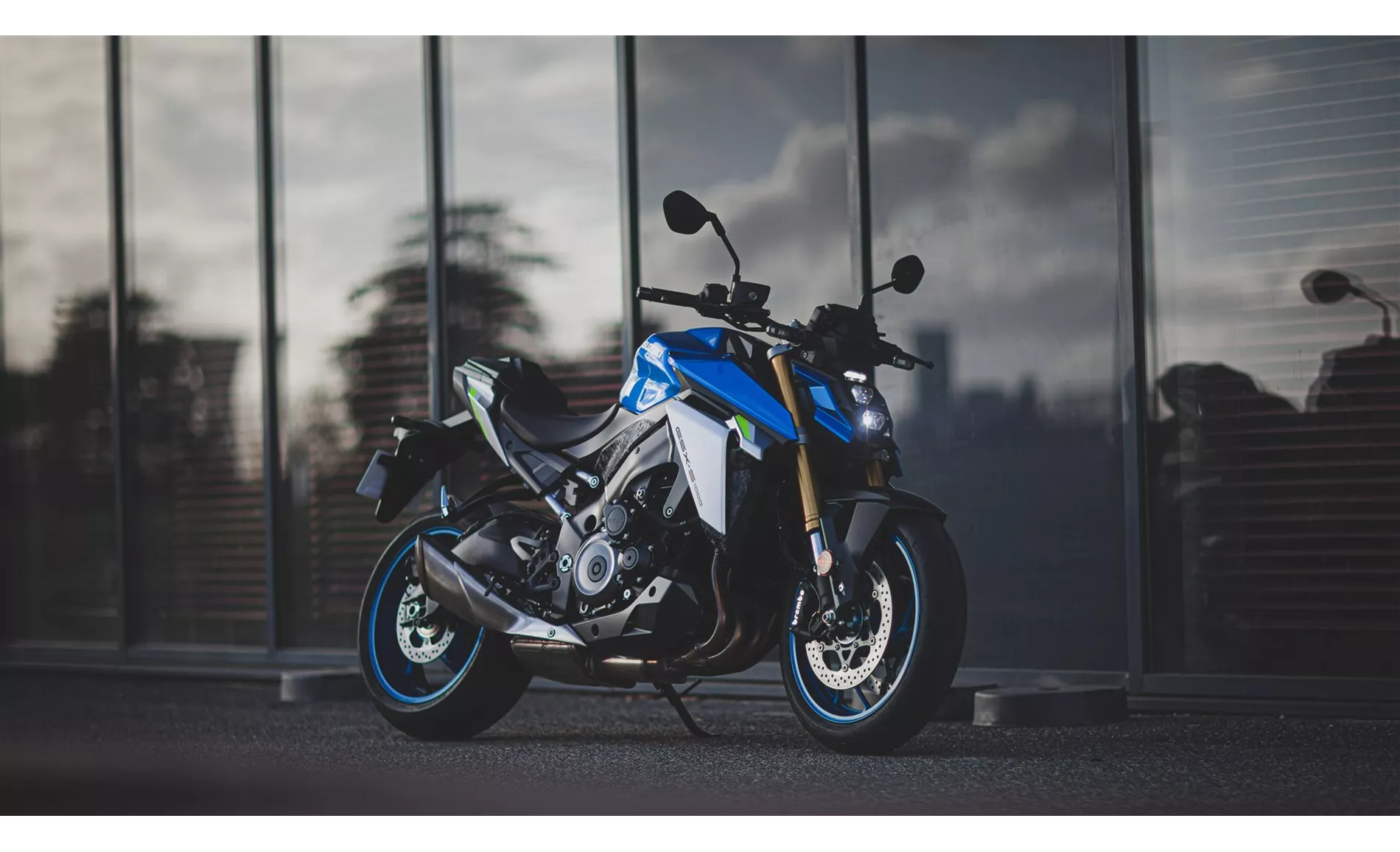
Suzuki GSX-S1000 2023
In terms of dimensions and weights, both bikes have similar front and rear tire widths and diameters, as well as wheelbases. However, the Kawasaki Z H2 SE 2021 has a slightly higher seat height at 830 mm compared to the Suzuki GSX-S1000 2023's 810 mm. Additionally, the Kawasaki is heavier with a kerb weight of 240 kg compared to the Suzuki's 214 kg. This may affect maneuverability and handling, especially at lower speeds.
In terms of equipment, both bikes feature LED daytime running lights and LED headlights. However, the Kawasaki Z H2 SE 2021 also includes a TFT display, which provides a more modern and user-friendly interface compared to the Suzuki GSX-S1000 2023's handlebar-mounted instruments.
In summary, the Kawasaki Z H2 SE 2021 offers a more powerful engine, a more advanced electronic chassis, and a more comprehensive advanced rider assistance system. It also has a slightly higher seat height and weight. On the other hand, the Suzuki GSX-S1000 2023 boasts a superior shift assistant, balanced handling, a bold design, and a more affordable price. However, it lacks some of the advanced features and technology found on the Kawasaki. Ultimately, the choice between the two models will depend on individual preferences and priorities.
Technical Specifications Kawasaki Z H2 SE 2021 compared to Suzuki GSX-S1000 2023
Pros and Cons in comparison
Pros and Cons in comparison
Kawasaki Z H2 SE 2021
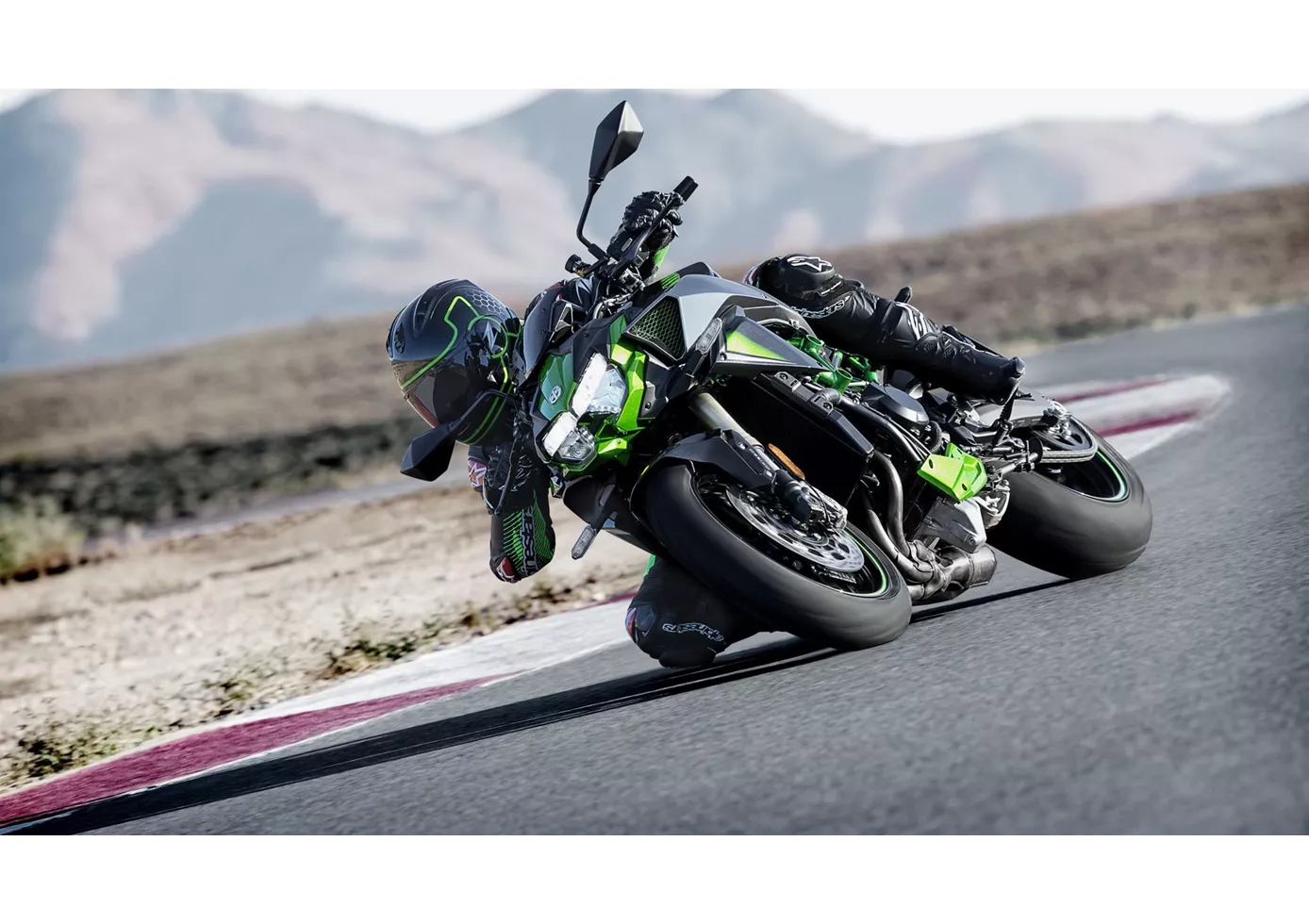
What a naked bike! The Kawasaki Z H2 SE has one thing that is absolutely addictive: a supercharged power unit that works like a steam catapult! The 200 hp from exactly one litre of displacement actually seem to unite from idle and tug together on the chain right up to the limiter. Nor can the Z H2 SE be accused of lacking stability; the electronically adjustable chassis does a good job and above all provides sufficient comfort. At almost 240 kilos ready to ride, the Kawa is of course no lightweight and needs to be pushed into the bends, but you can't call it unwieldy either. A slightly wider handlebar would help. The appearance is clearly a matter of taste, but the protruding front offers comparatively good wind protection.
Suzuki GSX-S1000 2023
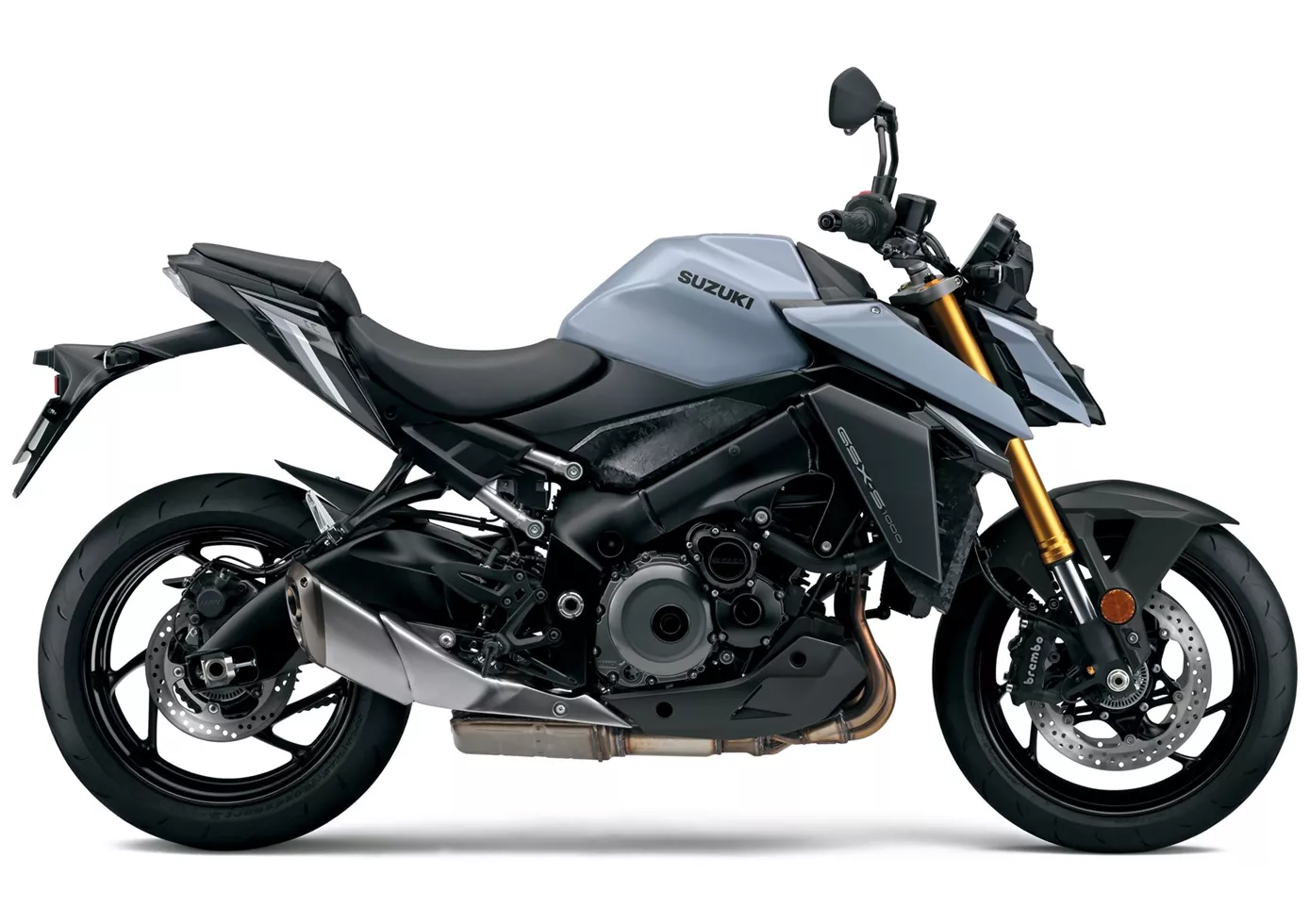
The new GSX-S1000 is an old acquaintance in terms of basic design - the engine and chassis are still from the predecessor. However, the machine has been modernised in many areas and presents itself at an extremely high level, especially visually. Although the engine cannot compete in the league of the super-potent Hyper Nakeds, it functions very harmoniously and powerfully enough. The conventional chassis also strikes a successful compromise between sportiness and comfort. The hammer arguments are definitely the successful design, the standard quickshifter with blipper and, last but not least, the comparatively low price.
Price Comparison Avarage Market Price Kawasaki Z H2 SE vs Suzuki GSX-S1000
There are a few key differences between a Kawasaki Z H2 SE 2021 and a Suzuki GSX-S1000 2023. In terms of price, the actual average price of a Kawasaki Z H2 SE 2021 is about 51% higher. Compared to Suzuki GSX-S1000 2023 there are less Kawasaki Z H2 SE 2021 bikes available on the 1000PS.de Marketplace, specifically 5 compared to 73. It takes less time to sell a Kawasaki Z H2 SE with 70 days compared to 155 days for a Suzuki GSX-S1000. Since model year 2021 1000PS.de editors have written 9 reviews for the Kawasaki Z H2 SE and 36 reviews for the Suzuki GSX-S1000 since model year 2015. The first review for the Kawasaki Z H2 SE was published on 11/23/2020 and now has more than 24,400 views. This compares to more than 17,100 views for the first review on Suzuki GSX-S1000 published on 9/27/2014.
